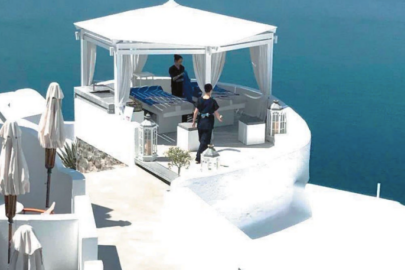The ancient Greek landscape included both city and country. The basic political unit of the Greek world was the polis that included an urban centre (asty) and its surrounding land (chora), often incorporating additional towns and villages. The Greek word polis is usually translated into English as “city-state”. But, whereas we usually think of cities only as urban centres, the Greek concept was that of the city plus its surrounding land as an integrated whole.
The individual in ancient Greece could use the land in a number of other ways. The shepherd could lead flocks from one patch of unused or unclaimed land to the next, following seasonal patterns of migration. Local potters could make use of clay beds to produce pottery and roof tiles; builders could use the same source to construct mudbrick houses. Moreover, the gathering and collecting of a variety of vegetation could supplement local diet, as could the hunting of hares and wild boar and fishing for a wide variety of sea creatures.
But even with the variety of exploitative strategies, nature was always unfair. The geography and the climate preferred some regions to others and provided limited economic opportunities for each city-state. It seems that people in classical Greece had exploited the environment and used its natural resources or even abused some of them such as forests and game species. Overall, however, the practices they employed were not devastating but rather moderate resulting in a heterogeneous landscape. They did not exceed the limits of Mediterranean ecosystems to resilience. As a result, these ecosystems did not collapse but were able to self-regenerate and recover. By clearing, burning, terracing, coppicing, grazing, browsing, hunting and constructing, people in the classical period modified their natural environment and established an agro-silva-pastoral equilibrium which apparently helped them to live in harmony with nature and create cultural artefacts as well as viable human societies.



































